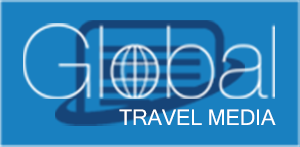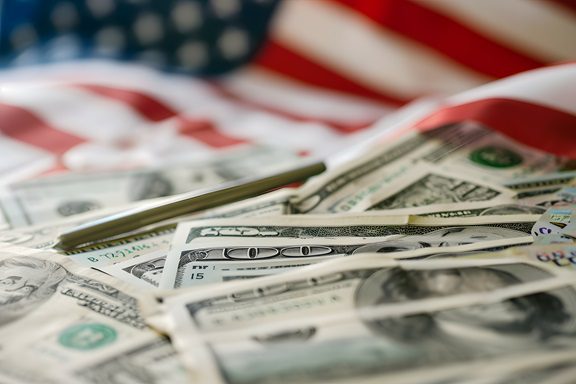 As we enter 2024, the landscape of US outbound travel presents a puzzle wrapped in the enigma of economic uncertainty and a resilient dollar. The summer of 2023 painted a hopeful picture with a surge in international bookings from US soil, stirring excitement that this year’s global travel volume might echo the pre-pandemic heights 2019. Yet, as the year waned, conflicting reports emerged. Reuters highlighted a potential softening in international demand attributed to economic uncertainties, a sentiment not echoed by US airlines that reported sustained enthusiasm for international ventures.
As we enter 2024, the landscape of US outbound travel presents a puzzle wrapped in the enigma of economic uncertainty and a resilient dollar. The summer of 2023 painted a hopeful picture with a surge in international bookings from US soil, stirring excitement that this year’s global travel volume might echo the pre-pandemic heights 2019. Yet, as the year waned, conflicting reports emerged. Reuters highlighted a potential softening in international demand attributed to economic uncertainties, a sentiment not echoed by US airlines that reported sustained enthusiasm for international ventures.
The question looms large: What does 2024 hold for US international travel? Insights from industry connoisseurs suggest a year of cautious optimism, with travel intermediaries and B2B sellers advised to prepare for a spectrum of scenarios. A survey by Arival shed light on a nuanced reality, noting a dip in travel planning among US wanderers, which Douglas Quinby, the co-founder and CEO of Arival, interprets as a reflection of current consumer sentiment rather than a decline in travel zeal. “US travelers are back with a vengeance, seeking enriched experiences. Despite a cautious approach due to economic pressures, the underlying demand for meaningful international travel remains unshaken,” Quinby remarks.
This shifting landscape offers a silver lining for the hospitality and airline sectors. Alex Barros, BEONx’s Chief Marketing & Innovation Officer, sees an opportunity in travellers opting for fewer but longer and more lavish trips. “This is a clarion call for the industry to innovate, crafting new service packages and experiences that resonate with the evolving preferences of travellers,” Barros suggests, highlighting a potential pivot towards a retail-minded approach in travel offerings.
A crucial driver of this demand has been the robust performance of the US dollar, especially against the Euro, facilitating more affordable escapades for Americans abroad. Janis Dzenis of WayAway says, “The favourable exchange rate has been a boon for US travellers, encouraging escapades to Europe and beyond. The trajectory of the dollar will significantly influence outbound travel trends.”
The untapped market of approximately 60 million Spanish-speaking US residents also presents a ripe opportunity for growth. Enrique Espinel, COO of Civitatis, emphasizes the importance of catering to this demographic with tailored services. “Providing Spanish-language tours and activities can not only boost uptake but foster loyalty among this burgeoning market segment,” Espinel notes.
As the industry stands at the crossroads of change, propelled by technological advancements and geopolitical currents, the consensus among experts like Eugene Ko of Phocuswright and Gareth Matthews of Didatravel is one of resilience and adaptability. “The travel sector is accustomed to flux and will continue to thrive by embracing new technologies and staying agile,” Ko asserts, with Matthews adding, “The dynamism of consumer travel patterns necessitates a flexible, technology-driven approach to strategy.”
In conclusion, the narrative of US outbound travel in 2024 is one of cautious optimism, underscored by a need for the industry to adapt, innovate, and cater to the nuanced needs of travellers. As economic uncertainties loom, the resilience of the dollar, coupled with a shift towards more meaningful travel experiences, suggests that the allure of international exploration remains undiminished for US travellers. The industry, on its part, is poised to navigate these shifts, leveraging technology and strategic foresight to cater to a market that, while cautious, is eager to embrace the globe’s vast experiences.
Written by: Stephen Peters




















